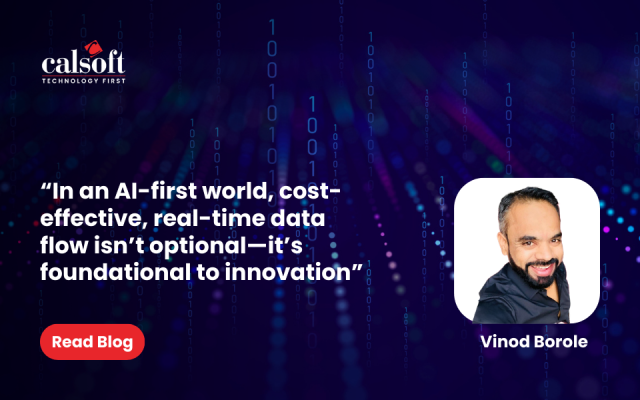I will start by giving a short introduction about hyper-converged infrastructure. It is a virtual computing infrastructure solution that integrates discrete data center services in a product’s form factor, which accelerates its speed and agility of deploying virtualized workloads. It also reduces the complexity, improves operational efficiency, and lowers the overall operational costs.
This feature rich, infrastructure provides a powerful virtual server environment that can be set up often in an hour or less, and is simple to operate and scale. The overall hyper-converged market is based on a model known as Open Storage Platform (OSP).This was initially developed by large Web companies to store and manage their enormous amounts of data, generated by their social media and Internet-based channels.
There are some key drivers for the Hyper-converged infrastructure market but I feel these are the ones which impact the most:
- Legacy Infrastructure cost – Enterprises are continuously striving to reduce the infrastructure costs.
- Improving IT operational efficiencies – With the emergence of public cloud, organizations are continuously seeking to reduce the run-rate expenses.
- Data protection – This has become mission critical for enterprises because of complex IT infrastructure and dynamic data centers.
- Increased uses of Virtualization – Organizations have realized the value of Virtualization and are looking forward to its use in data centers and storage.
Eric Sheppard, IDC market analyst, said the hyper-converged market will be a billion dollar market shortly. According to IDC, it is currently growing at 116 per cent and should pass $1.5 billion worldwide in 2016. Source
We may say that the hyper-converged infrastructure is a young concept, but the stage is quickly crowded with leading enterprises releasing their products in this space. In 2009, VMware, Cisco and EMC, were the early trend setters and created the Virtual Compute Environment (VCE). Through VCE, the entire stack of compute, storage and networking was bundled in a converged architecture, called Vblock. Soon after that In 2011, Nutanix build its own hyper-converged product. Not long after that, Simplivity followed with its own hyper-converged product. Not to be outdone, VMware stepped into this market with EVO:RAIL platform, and In less than a year, EMC, NetApp, Fujitsu, Hitachi Data Systems, Dell, HP and Super Micro have all signed on to sell EVO:RAIL products.
Recently Hewlett Packard Enterprise has announced that it will launch its new product in this fast-growing market which will offer customers installation in minutes, a consumer-inspired, simple, mobile-ready user experience, and automated IT operations.
I truly believe that hyper-converged technologies will prove to be a pivot point that will serve as a catalyst to change how technology products are designed. If you are not at least considering them in your long-term IT strategy, you should be.
To know more email: marketing@calsoftinc.com
Anupam Bhide | Calsoft Inc.







